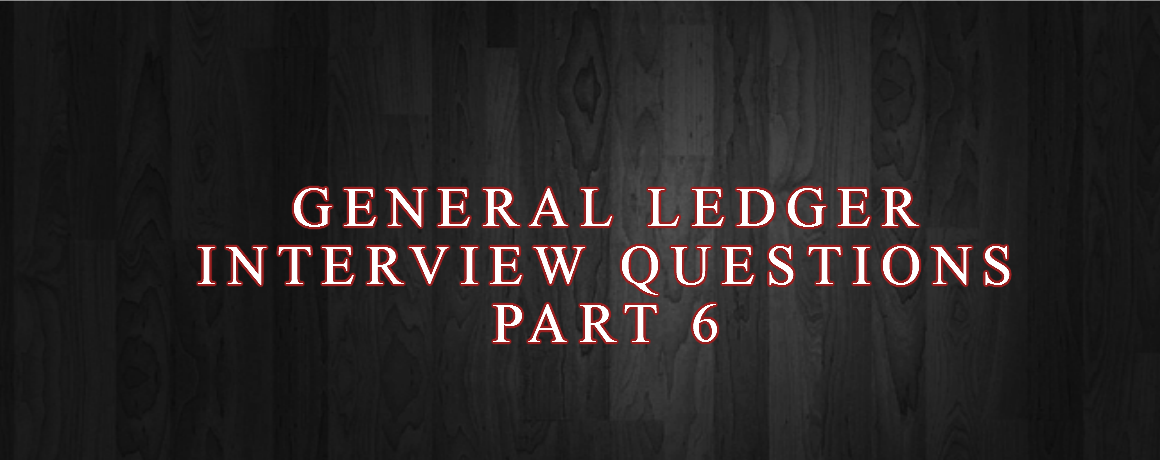General Ledger Interview Questions Part 6

1.How many flex fields structures can you create for GL?
“N” No of flexfield structures can be created in GL
2.What is a value set? What are the format types?
A group of values and related attributes you assign to an account segment or to a descriptive flexfield segment. Values in each value set have the same maximum length, validation type, alphanumeric option, and so on.
Format types:
- Char
- Date
- Date time
- Number
- Standard date
- Standard date time
- Time
3.what do you mean by dynamic inserts?
An Accounting Flex fields feature that allows you to enter and define new combinations of segment values directly in a flexfield pop–up window in Oracle Payables and Oracle General Ledger. The new Combination must satisfy any cross–validation rules before it is accepted. Your organization can decide if an Accounting Flexfield supports dynamic insertion. If an account does not support dynamic insertion, you can only enter new combinations of segment values using the Define Accounts window.
4.what are the pre-requisites for chart of accounts?
To set up your chart of accounts:
- Define value sets
- Define your account structure
- Define rollup groups to create summary accounts
- Define your account segment values.
- Define Security Rules to restrict user access to certain account segment values.
- Define cross–validation rules to control the account combinations
- Define or enable descriptive flex fields.
- Define account shorthand aliases to speed entry of account segment values.
- Define summary accounts to create and maintain summary balances for quick reporting and online inquiry.
- Create account combinations.
If you allow dynamic insertion, you can create new account combinations automatically as you use them during journal entry. If you do not allow dynamic insertion, define new account combinations manually in the GL Accounts window.
5.what is an accounting calendar and a transaction calendar?
Accounting Calendar: Account calendar contains period types and ranges of periods and it is mandatory.
Transaction Calendar: It will define the business days & non-business days it is optional, to arrive the average balances it is used.
6.what are the types of recurring journals?
Recurring journals are 3 types
- Skeleton journals
- Standard journals
- Formula journals
7.Explain journal source and category?
Journal Source: Origin of Journal, whether manual, recurring, allocation, budget, consolidation.
Journal Category: Shows the type of journal, Actual, budget, adjustment, expenses
8.What is encumbrance? Different types of encumbrance.
Encumbrance is the reserve for future out comings out of the budget amount.
Commitment – General Ledger has the following predefined encumbrance types: An encumbrance you record when you complete a purchase requisition.
Obligation – An encumbrance you record when you turn a requisition into a purchase order.
9.Difference between budget journals and budget amount.
To enter the budget amounts we use budget journal. The amounts, which are there in the budget, are called as budget amounts.
10.What do you mean by list type? What are the different list types?
A list of values that appear while we enter the data in flex fields.
Three types of list types
- Pop list <10
- List of values 10-200
- Long list of values >200
11.Maximum number of segments in chart of accounts.
30
12.Maximum number of periods in period type.
365/366
13.Maximum number of reporting set of books
8
14.Total number of key flex fields in oracle application
33
15.The amount computed by dividing an aggregate balance by the number of calendar days in the related range is.
Average balance
16.What budget is used only for Reporting purpose where we don’t enforce any budgetary control.
Planning budget
17.An entity responsible for entering and maintaining budget data is.
Budget organization
18.Allocation methods of mass budget.
Full and Incremental

